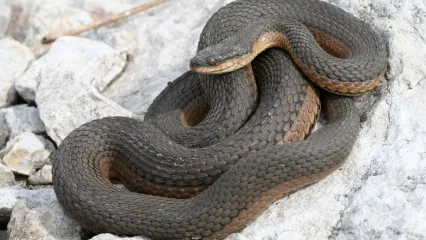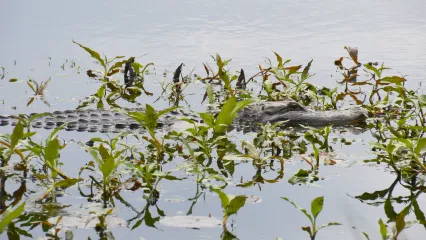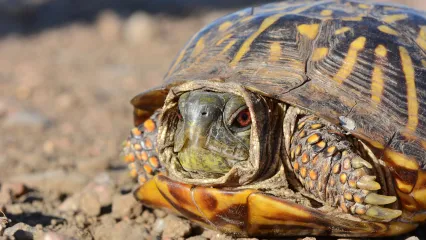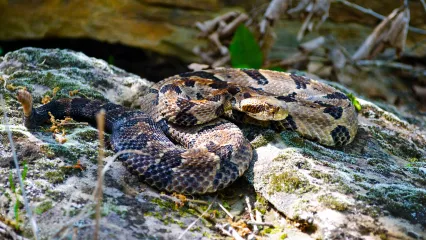
Description
Locally common, secretive, and a pillager of burrows, the Graham’s crayfish snake is an unusual watersnake. Rarely longer than 2 feet, the Graham’s crayfish snake ranges in color from brown to gray. The underside is cream-colored. The back and belly are separated by three rows of scales a few shades lighter than the back.
Size
18-28 inches.
Habitat
Graham’s crayfish snakes can be found throughout Central Oklahoma and in the Red River drainage. They are semi-aquatic, living in lakes, ponds and slow-moving waters with abundant crayfish populations .They can also be found in urban areas.
Life Cycle
Instead of focusing on fish and frogs like other watersnakes, this nonvenomous snake specializes on molting crayfish. They are active foragers; prodding and poking burrows in search of soft-bodied crayfish. They seize and subdue these crustaceans without constriction. Though crayfish are the main source of food for this snake, they will also feed on frogs and tadpoles. Crawfish snakes are active from April through November.


